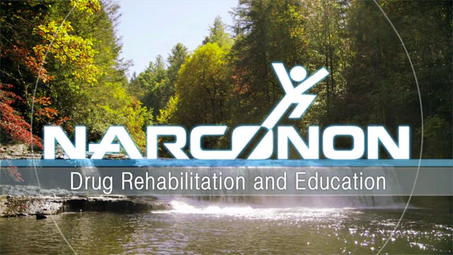Drug and Alcohol Problems in Italy
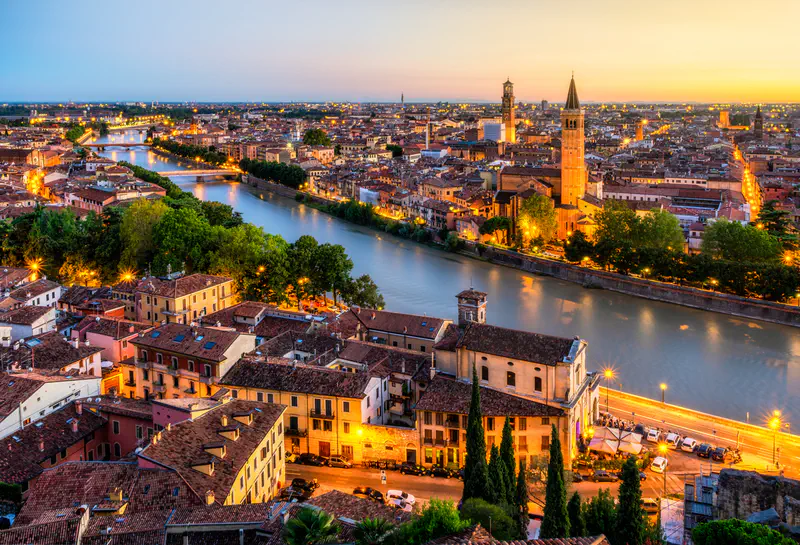
Italy has a rather limited profile of drugs causing problems for its citizens. Drug abuse is largely limited to cocaine, cannabis and heroin. There is a very small market for stimulants in the country. Of course, alcohol use and overuse are as prevalent as it is in other EU countries.
One way the drug market in the country can be viewed is through law enforcement seizures. The United Nations Office on Drugs and Crime (UNODC) tracks and publishes statistics on drug seizures in all of the hundreds of countries around the world. Some of their statistics from Italy are eyebrow-raising. Here is a sampling from their webpage titled Annual Drug Seizures.1
Cocaine Seizures
- 1980: 53 kg
- 1985: 225 kg
- 1990: 802 kg
- 1995: 2,557 kg
- 2000: 2,360 kg
- 2005: 4,371 kg
- 2010: 3,836 kg
- 2015: 4,4047 kg
Seizures of cocaine spiked in 2016 to 6,342 and then fell to around 4,000 kg after that.
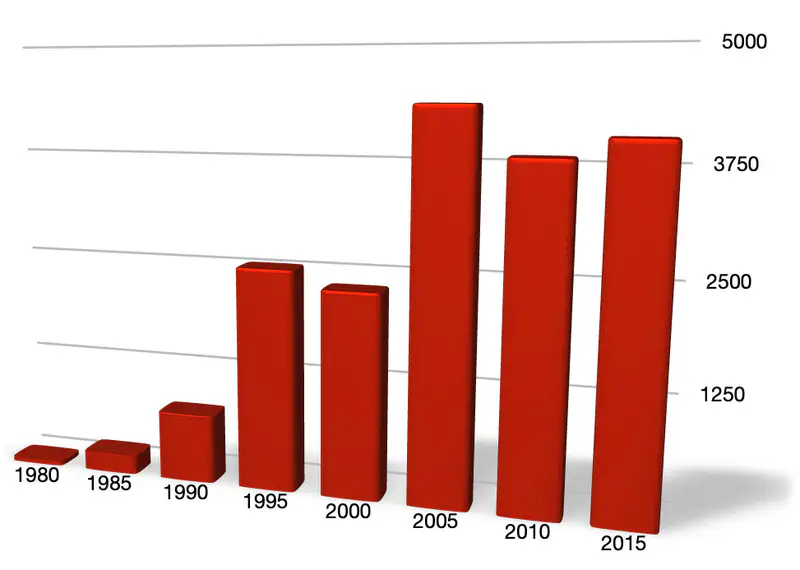
Courtesy of the United Nations Office on Drugs and Crime
Why such big jumps? Consider a little bit of history. In 1998, cocaine consumption in the United States was four times as high as that in Europe, but in the next decade, this changed dramatically. It seems that at a certain point, cocaine traffickers may have shifted their attention from the United States to Europe and seizure numbers rose accordingly. Perhaps the US market was saturated? Also, by 2006, many addicted people in the United States were using opioids rather than cocaine.
In a 2011 report, the UNODC noted that “Two thirds of European cocaine users live in just three countries: the United Kingdom, Spain and Italy.” 2
Seizures of Marijuana (herbal cannabis)
- 1980: 780 kg
- 1985: 375 kg
- 1990: 182 kg
- 1995: 474 kg
- 2000: 26,073 kg (that’s not an error)
- 2005: 2,469 kg
- 2010: 5,338 kg
- 2015: 9,314 kg Seizures hit their peak in 2017 at 90,098 kg.
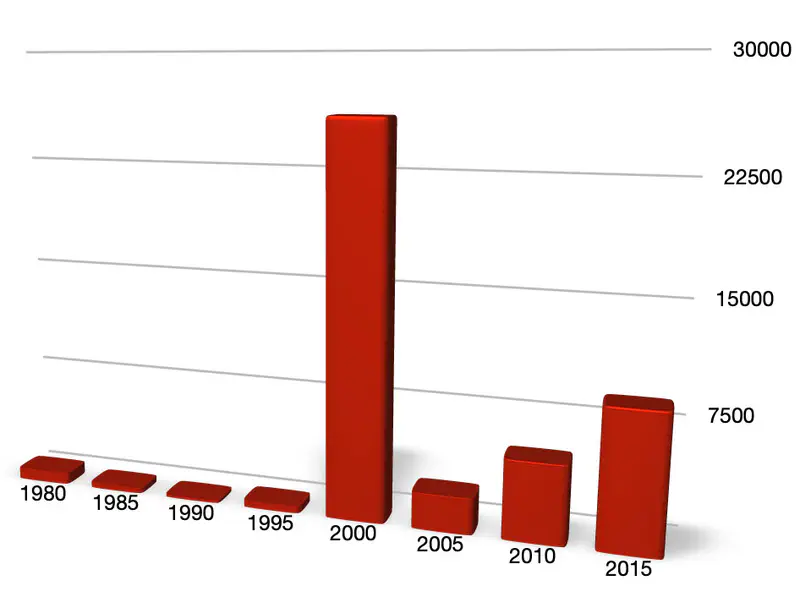
Courtesy of the United Nations Office on Drugs and Crime
Seizures of Cannabis Plants
Seizures of cannabis plants would be an indicator of how much domestic production of cannabis is occurring.
- 1980: 1,510
- 1985: 3,218
- 1990: 7,275
- 1995: 41,143
- 2000: 130,647
- 2005: 13,823
- 2010: 7,199
- 2015: 13,802
The top year for cannabis plant seizure was 2012 with 412,262 plants seized, followed by 2001 with 321,941 plants seized.
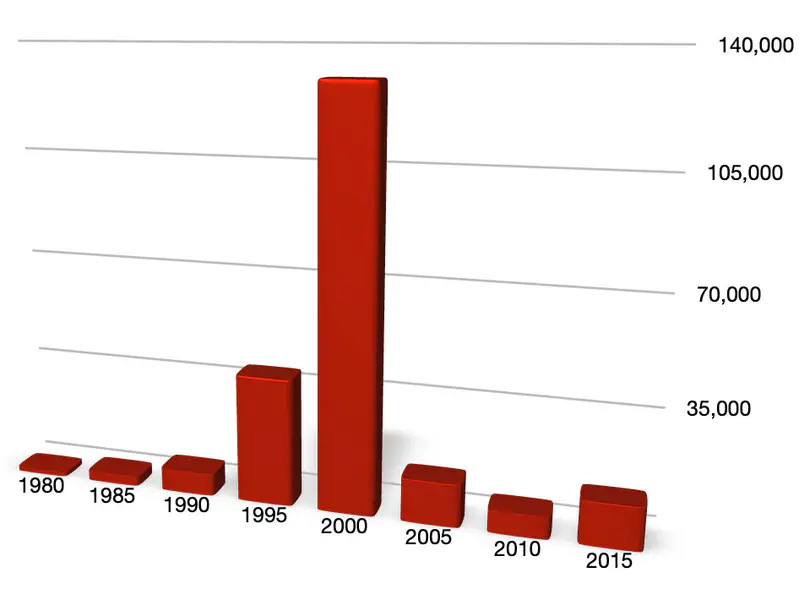
Courtesy of the United Nations Office on Drugs and Crime
Hashish
After averaging 15,000 to 30,000 kg seized most years between 1994 and 2013, seizures rocketed to 113,153 kg in 2014, followed by 67,826 kg the next year.
Heroin
Seizures of this drug have been relatively stable, averaging between 1,000 and 2,500 kg each year.
Alcohol
Alcohol consumption has been on a fairly steady decline since 1975, as you can see in this chart from the World Health Organization. Males drink three times as much alcohol as women, on average.3

Courtesy of the World Health Organization.
Still, more than a third of Italian males engage in episodes of heavy drinking, a habit that contributes to health, relationship and work problems. Alcohol consumption accounts for two-thirds of all liver cirrhosis cases among men and almost half of cases among women. Roughly 14,000 Italian lives are lost each year to cirrhosis, traffic accidents or cancer resulting from alcohol consumption.
More than a quarter of hospital admissions are the result of alcohol consumption.4 According to Italian researchers, most of these admissions are not screened for alcohol use disorders so do not receive the care they truly need.
The regions of Italy with the highest rates of risky consumption of alcohol included Aosta in the northwest and Trentino and Bolzano in the northeast.5 Apulio in the boot heel, Lazio near Rome, Campania near Naples and Sicily had the lowest rates of risky consumption.
How Many Young Adults Use Drugs?
The European Monitoring Centre for Drugs and Drug Addiction (EMCDDA) provides their estimates of drug use by those aged 15 to 34, the ages when the most drug use generally occurs.
As is true in most EU countries, the top drug is cannabis, with nearly 21% of those in this age group using the drug each year. Among those aged 15 to 24, the statistic is nearly 24%. Italy has the second-highest rate of cannabis use among young adults, second only to France.6
A little less than 2% of young adults use cocaine each year and less than 1% use drugs like amphetamine and MDMA.
The ESPAD survey of 15- and 16-year-old students tells us how Italian students compare to the average of all EU countries included in this survey. Italian students use slightly more alcohol and significantly more cannabis than other students. Their lifetime use of alcohol approaches 100%.
Drugs Sending Italians to Treatment
The three top drugs—heroin, cocaine and cannabis—are responsible for nearly all the trips to treatment in Italy.6 Heroin is in the top spot with 41%, cocaine is in the number two spot at 33% and cannabis sends 22%.
Only one in ten people going to treatment for cannabis addiction are female. A little more than half of all arrivals are making their first trip to rehab.
Treatment for Opioid and Other Addictions
The statistics on people going to treatment for heroin reveal a tragic situation. Of more than 19,000 people starting treatment each year, only 5,500 are there for the first time. That means that 14,000 people are going back to rehab for the second, third (or more) time because treatment did not succeed in helping them stay sober.
The EMCDDA estimates that there are 235,000 high-risk opioid users and nearly 70,000 receiving opioid substitution treatment, down from more than 100,000 in 2010. This is a significant increase from the 2015 estimate of 205,000 high-risk users.7
Most of these people receive methadone. About 14% receive buprenorphine but this number has been increasing slightly since the drug began being used for treatment in 1999.
Opioids were responsible for the majority of drug overdose deaths in Italy, with a smaller number attributable to cocaine. The primary opioid involved in these deaths is heroin, but a smaller number result from methadone. In 2017, the first death occurred as a result of a form of fentanyl.
In Italy, residents and legal immigrants have access to a benefits package which includes addiction treatment.8 In large cities in northern and central regions, treatment programs are more readily available. Opioid substitution programs may be administered by physicians as well as specialized treatment centres.
Drugs Can Be Found in the Air and Water
Analyses of wastewater in Northern Italian cities provide a snapshot of drug use that might be more accurate than asking residents what drugs they use.9 That’s simply because many people are unlikely to be completely honest when answering this question.
Since 2011, an annual analysis has been made of wastewater in Milan, Italy. This analysis measures the quantity of drug residues in the water and compares this to the number of people living in that city. In 2018, the northern city of Bolzano was also added to this project.
This analysis reported by the EMCDDA showed that Milan’s use of cocaine was stable from 2011 till 2015. It jumped up in 2016 and again in 2018. Bolzano’s cocaine use in 2018 and 2019 was significantly higher than Milan’s. This is a little difficult to understand since Bolzano is not a large industrial or urban center.
In 2012, an analysis was made of the air in eight major Italian cities, including Rome, Palermo, Bologna, Florence, Turin, Milan, Verona and Naples.10 Measurable quantities of cocaine and cannabis were found in all eight cities.
Cannabis levels were higher in winter, and cocaine levels were consistent all year round. The highest levels were found in Turin and the lowest in Palermo. Of course, these levels are not high enough to affect anyone’s consciousness but simply reveal a high presence of these drugs in these towns.
Italy’s rich history and beautiful landscapes do not proof the country from drug and alcohol addiction problems. Like many other EU countries, the country loses hundreds of its citizens each year. Each Italian deserves the chance to access a rehabilitation program that will truly put his or her feet on the road to sobriety.
Sources:
-
United Nations Office on Drugs and Crime (1990-2019), “Annual Drug Seizures.” UNODC Interactive Table ↩︎
-
United Nations Office on Drugs and Crime (2011), “The Transatlantic Cocaine Market Research Paper”. UNODC Research Paper (PDF) ↩︎
-
World Health Organization (2016), “Italy: Alcohol Consumption: Levels and Patterns”. WHO Europe Report (PDF) ↩︎
-
Mauro Ceccanti, Angela Iannitelli, Marco Fiore—National Library of Medicine—National Center for Biotechnology Information (2018), “Italian Guidelines for the treatment of alcohol dependence “. NIH Study ↩︎
-
statista.com (2021), “Share of individuals having risk behavior in alcohol consumption in Italy in 2020*, by region”. Statistic ↩︎
-
European Monitoring Cenre for Drugs and Addiction (2019), “Italy—Country Drug Report 2019”. EMCDDA Report (PDF) ↩︎ ↩︎
-
Talia Abbas, La Stampa.com (2017, modified 2019), “Heroin addiction resurfaces in Italy” lastampa News Article ↩︎
-
Emily Dossett and Katherine L. Wisner, Scientific American (2018), “We Could Learn Something from Italy about Dealing with Opioid Abuse” Scientific American Article ↩︎
-
European Monitoring Center for Drugs and Drug Addiction (2021), “Wastewater analysis and drugs — a European multi-city study” EMCDDA Article ↩︎
-
Freya Peterson, The World—pri.org (2012), “Cocaine detected in the air of 8 Italian cities”. pri.org News Article ↩︎
